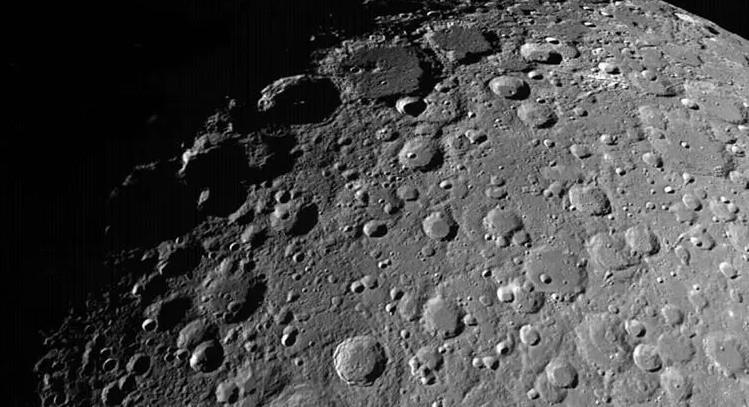
IIT Bombay Students Map Moon’s Chemistry Using Chandrayaan-2 Data
The Indian Institute of Technology (IIT) Bombay has achieved a significant milestone in space research, as a team of students has successfully mapped the Moon’s surface chemistry using data from the Chandrayaan-2 mission. The students used the Chandrayaan-2 Large Area Soft X-ray Spectrometer (CLASS), an instrument that detects X-ray fluorescence from the Moon’s surface, to analyze the chemical composition of the lunar surface.
CLASS, one of the scientific instruments on board the Chandrayaan-2 spacecraft, scanned the Moon from an altitude of 100 km, collecting data each time the spacecraft orbited the Moon. The data collected by CLASS was then analyzed by the students at IIT Bombay, who used it to study the chemical composition of the Moon’s surface.
The analysis of the data revealed the presence of several elements on the Moon’s surface, including magnesium, aluminum, silicon, and iron. The students were able to map the distribution of these elements across the Moon’s surface, providing valuable insights into the Moon’s geological history and composition.
“This is a significant achievement for our students and a testament to the capability of Indian space research,” said a spokesperson for IIT Bombay. “The data collected by CLASS has provided us with valuable insights into the Moon’s surface chemistry, which will help us better understand the Moon’s geological history and composition.”
The Chandrayaan-2 mission, launched by the Indian Space Research Organisation (ISRO) in 2019, was designed to study the Moon’s surface and subsurface. The mission included a lunar orbiter, a lander, and a rover, which were designed to collect data on the Moon’s surface and subsurface.
The CLASS instrument on board the Chandrayaan-2 spacecraft was designed to detect X-ray fluorescence from the Moon’s surface. X-ray fluorescence is a process in which atoms on the surface of a material emit X-rays when they are excited by an external source of energy, such as solar flares or cosmic rays.
The data collected by CLASS was analyzed using advanced computer algorithms and statistical techniques. The analysis involved identifying the characteristic X-ray signals emitted by different elements on the Moon’s surface, which were then used to map the distribution of these elements across the Moon’s surface.
The results of the analysis were presented in a research paper titled “Chemical mapping of the Moon’s surface using Chandrayaan-2 data” by the IIT Bombay team. The paper was published in the journal “Planetary and Space Science” and provides a detailed description of the methods used to analyze the data collected by CLASS.
The study has significant implications for our understanding of the Moon’s geological history and composition. The data collected by CLASS provides valuable insights into the Moon’s surface chemistry, which can help scientists better understand how the Moon formed and evolved over time.
In addition, the study highlights the importance of space research in understanding the Moon’s surface and subsurface. The data collected by CLASS is a valuable resource for scientists, providing insights into the chemical composition of the Moon’s surface and subsurface.
The success of the IIT Bombay team in mapping the Moon’s surface chemistry using Chandrayaan-2 data is a testament to the capabilities of Indian space research. The mission has demonstrated the ability of Indian scientists to design and operate complex space missions, and has provided valuable insights into the Moon’s geological history and composition.
Source: https://repository.inshorts.com/articles/en/PTI/b2aaf38a-f452-4f91-b97c-78ce58de7ce5






